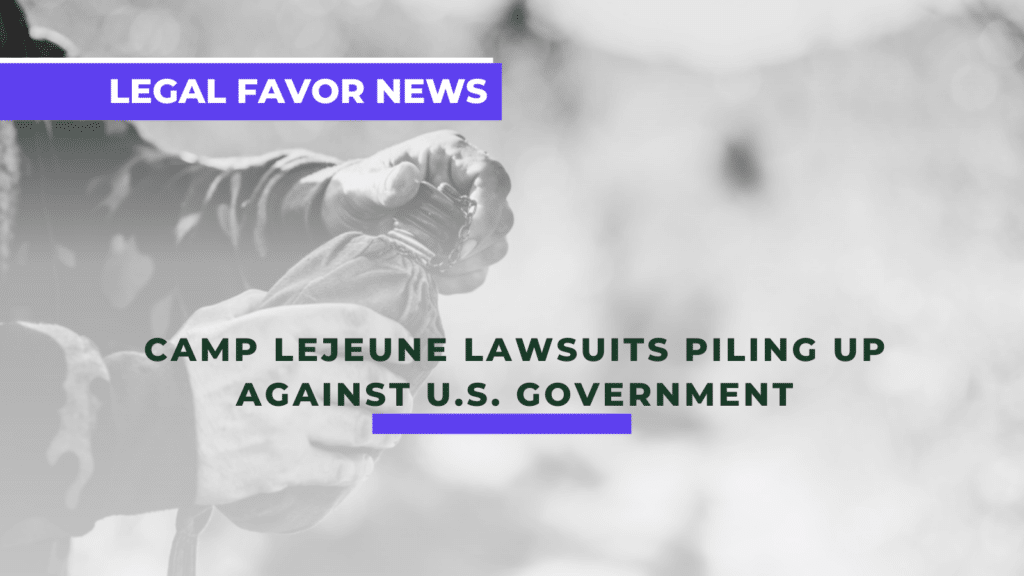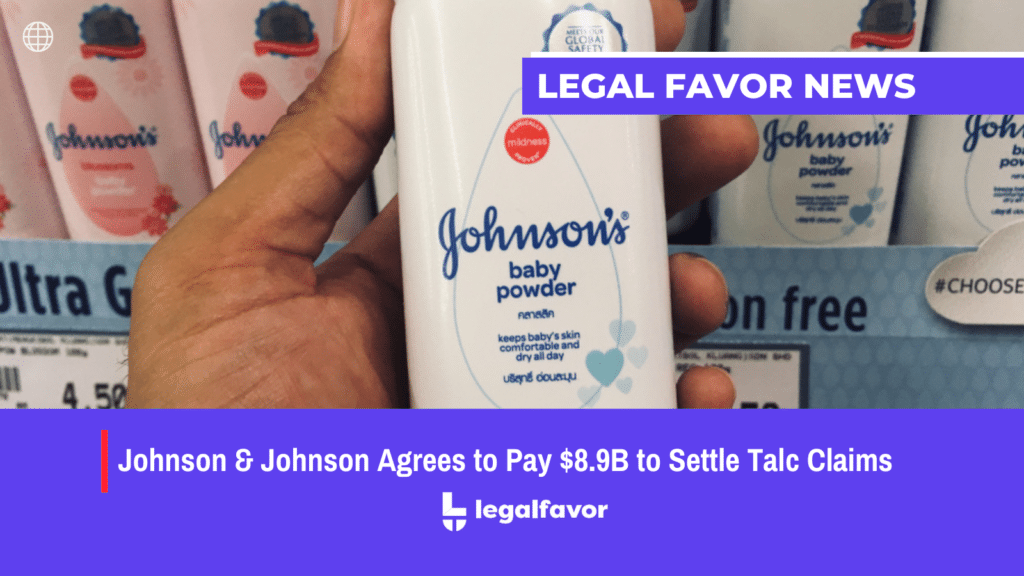Both trademarks and service marks will only be registered with the United States Patent and Trademark Office (USPTO) if they are considered “distinctive.” This is a legal standard determined by statute and case law and essentially means that the mark can be used to distinguish the products or services it is attached to from other products or services. These other products/services may either be in the same category but may perhaps be in a different category. If there is confusion about the distinctiveness of the mark, there may be a possibility to bring a trademark infringement case (which will be discussed in more detail later).
The Five Categories Of Distinctiveness
Distinctiveness is categorized from most distinctive to least distinctive. The order is as follows; fanciful trademarks (most), arbitrary marks, suggestive marks, descriptive marks, and generic (least). The strength of a trademark or service mark will be determined by the category such mark falls into, and in turn, this strength will determine how much protection the mark receives.
By far the best type of the fanciful trademark category. These are marks invented solely to serve as a trademark and they essentially have no other meaning as a mark. This means that the mark is original, has no meaning, and is unrelated to the product/service it is intended to distinguish. Common examples of fanciful trademarks would be the following: Polaroid, Pepsi, Kodak, Xerox, Rolex, and Lexus.
Arbitrary marks are essentially words that are commonly used, but when used to identify products/services, do not describe any quality or characteristic of such product/service. These marks also receive strong protection. A good example of an arbitrary mark is Apple.
Suggestive marks are marks that require a member of the public to imagine what the nature of the product/service will be. This can be distinguished from a descriptive mark, which on the other hand, immediately lets a member of the public know the characteristic of the goods/services.
Descriptive marks are those marks that clearly describe the product or service to which the mark is attached. Although these can be difficult to distinguish from suggestive marks, they generally allow a member of the public to figure out the nature of the goods in a straightforward manner.
Generic terms cannot be used as trademarks for the reason that no manufacturer or service provider should have the exclusive right to use words that generically identify a product. A very good, and obvious, example of generic terms would be the word “e-mail.”
The Basics Of Trademark Infringement
The most common way to begin a trademark action would be via a cease and desist letter. However, it is important to note that these letters should have some legitimacy, as the courts do not take kindly to having their time wasted with frivolous claims. The person claiming trademark infringement must prove a valid trademark, and also must prove that the defendant’s use of the mark created a likelihood of confusion or deception.
Trademarks are presumed to be valid if they are registered. However, unregistered trademarks may also be considered valid. Specifically, the unregistered owner will need to show that they developed a protectable trademark and must show such mark is sufficiently distinctive. It is important to note that if the mark is descriptive or generic, there is a low likelihood that the trademark will be considered valid. However, even if the mark is descriptive, it will be valid if the owner of such mark can provide evidence that the descriptive mark has acquired a secondary meaning.
Likelihood Of Confusion
There are eight factors the courts will look at when determining whether there is a likelihood of confusion.
- (1) The similarity of the impression of the two marks, including things like appearance, meaning, and/or phonetic similarity.
- (2) The similarity of the goods and /or services.
- (3) The strength of the mark.
- (4) Any evidence of actual confusion among customers.
- (5) The defendant’s intent of using the mark.
- (6) The physical proximity of other goods/services in the marketplace.
- (7) The consumer’s likely degree of care in purchasing the goods and/or services.
- (8) The likelihood that the product lines will expand in the future.
Defenses To A Trademark Infringement Suit
The two affirmative defenses are fair use & parody. In regards to the former, fair use occurs when a descriptive mark is used in good faith and no consumer confusion is likely to occur. Under the fair use defense, there is also the concept of normative use. This essentially occurs when the use of a mark is necessary in order to identify another producer’s product as opposed to the alleged infringer’s product. In regards to the second defense, parodies of trademarks are usually protected under the First Amendment. However, this will not be the case if the parody is excessively commercial. This is determined on a case-by-case basis and will ultimately depend on all of the circumstances of the infringement claim.
Final Remarks: Strength Of Trademarks & Trademark Infringement
Overall, the strength of a trademark will be important when determining whether it can be registered, and in turn its validity. There are five categories for these marks, ranked from most distinctive to least distinctive: fanciful trademarks, arbitrary marks, suggestive marks, descriptive marks, and generic terms. As a general rule, the more distinctive the mark, the higher the chance it will be protected under trademark law. If there is a dispute among marks, and a trademark infringement case if brought, the plaintiff must prove two things: first that they have a valid trademark, and second that the defendant’s use of the mark will create a likelihood of confusion or deception. There are also two affirmative defenses to trademark infringement: fair use and parodies. In conclusion, registering a trademark is a crucial step when starting, expanding, or continuing a business venture. Therefore, one should understand the framework for the strength of trademarks and the basic aspects of trademark infringement.





